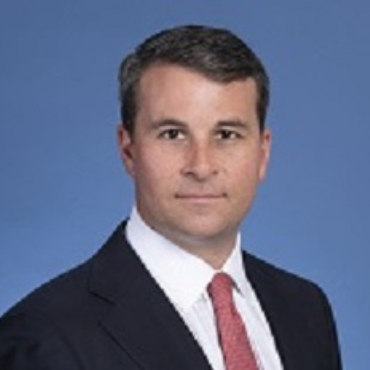Breaking the carbon capture barrier
Today’s carbon capture technologies typically target 90% of the CO2 emitted from large industrial plants. To make a significant impact on climate change, however, they need to develop further and capture a bigger proportion of CO2.
Amine capture, which uses a solvent to capture CO2 from the flue gas, is the longest-established capture technology. A key barrier to success is that the solvents traditionally used in the process require too much energy and create unacceptably high emissions to be effective.
ION Clean Energy is among the companies racing to meet this challenge. The business has been innovating post-combustion source capture technologies since its founding in Boulder, Colorado in 2008.
ION’s founder, Dr Buz Brown, devised an amine-based solution that would not break down over time. This is the foundation of the process technologies now being commercialized by the company, explains CEO Tim Vail.
“We’re now into our third generation of that solvent, and that’s what really unlocks what we do,” he says. “It allows us to build a plant for less cost, capture larger amounts of the CO2 more efficiently, and to do that without creating the emissions associated with most amine capture systems.”
Quest for funds and verification
ION completed a first financing round in March 2024. It raised $45 million from Chevron New Energies and Carbon Direct Capital. Since then, natural gas infrastructure provider Williams has also invested, through its corporate venture capital program to commercialize new technologies.
ION is now working towards a second funding round in 2026. Meanwhile the company is seeking independent verification of its product’s performance, which Vail sees as achievable along the lines of Williams’ upstream natural gas verification program.
“We’d like to use the same tools,” he says. “We need to have independently verifiable carbon intensities, and fortunately, that’s now happening in the marketplace.”
“But at the end of the day, we've got to make it bankable, and we've got to get a customer to be able to finance and build on these projects.”
Tim Vail, CEO, ION Clean Energy
Partnerships for progress
ION is “a small fry playing with giants right now,” says Vail. The company is establishing partnerships to provide the firepower that will enable it to realize projects on the scale required.
In 2022 ION joined forces with Koch Engineered Solutions. The partnership aims to optimize plant design in a variety of industries, by coupling ION's technology with subject matter experts in Koch companies.
“We are not only doing carbon abatement; we’re also doing carbon removal.”
Tim Vail, CEO, ION Clean Energy
ION is also working alongside power company Calpine on California’s first carbon capture demonstration project at Los Medanos Energy Center. This is proving the solid performance of ION’s solvent, Vail says.
“That pilot runs 24 hours a day, seven days a week, on a real natural gas pilot power plant and with real natural flue gas,” he says. “We are capturing towards 99.5% at that facility.”
“The gas exiting our absorber column actually has less CO2 in it than pre-industrial society. So we are not only doing carbon abatement; we’re also doing carbon removal.”
Compared to other climate technology solutions, Vail believes, the cost of the process is highly competitive at $20 to $25 per megawatt hour.
From retrofits to new builds
To date, ION has focused chiefly on retrofit of existing plants, such as a plan to decarbonize a 1GW facility run by Tampa Electric in Florida.
Vail’s task is to carry ION beyond pilots and retrofits and into viable new-build projects. A former securities lawyer and clean tech entrepreneur, he took over leadership of ION in 2023.
“Our primary pathway to our customers is through the large-scale engineering firms,” he says. “But what we also want to do is get flipped to the other side of the equation and get customer pull from the end users of power.”
One route to new opportunities may emerge through one of ION’s investors, Chevron New Energies. Chevron recently announced a partnership with Engine No. 1 and GE Vernova to deliver up to 4GW of power solutions for U.S.-based data centers.
“We hope to be part of that, building some greenfield facilities that have our technology integrated,” says Vail.
He expects solid progress over the next year: “I think you’ll see some license agreements with these new partners, and perhaps in early ’26 you’ll see an FID on one of these large facilities.”

